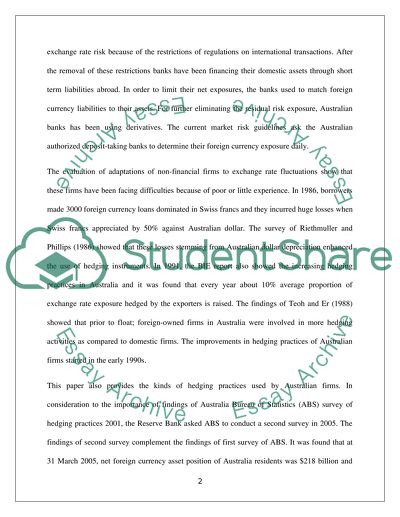Cite this document
(“Limited Foreign Exchange Exposure Through Hedging Research Paper”, n.d.)
Limited Foreign Exchange Exposure Through Hedging Research Paper. Retrieved from https://studentshare.org/finance-accounting/1558302-review-essay-summary-of-article
Limited Foreign Exchange Exposure Through Hedging Research Paper. Retrieved from https://studentshare.org/finance-accounting/1558302-review-essay-summary-of-article
(Limited Foreign Exchange Exposure Through Hedging Research Paper)
Limited Foreign Exchange Exposure Through Hedging Research Paper. https://studentshare.org/finance-accounting/1558302-review-essay-summary-of-article.
Limited Foreign Exchange Exposure Through Hedging Research Paper. https://studentshare.org/finance-accounting/1558302-review-essay-summary-of-article.
“Limited Foreign Exchange Exposure Through Hedging Research Paper”, n.d. https://studentshare.org/finance-accounting/1558302-review-essay-summary-of-article.


